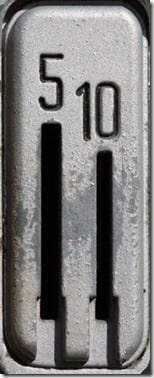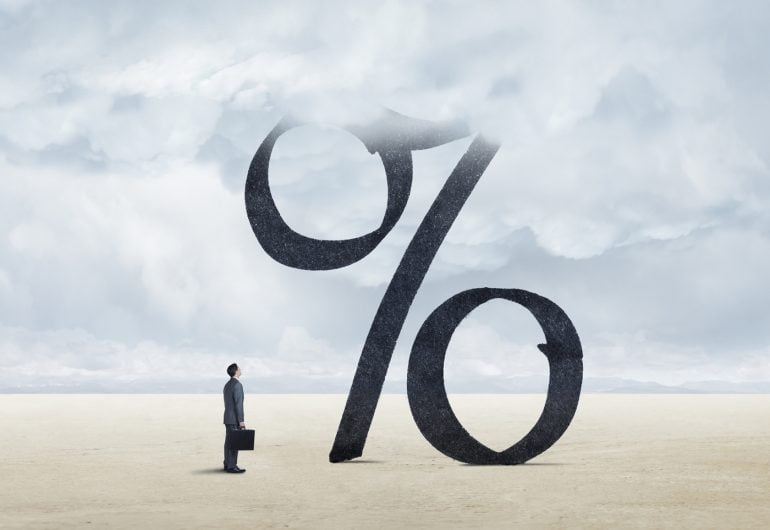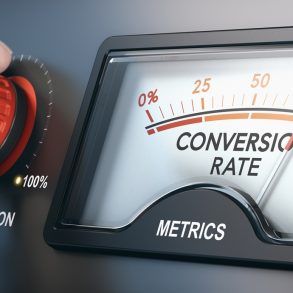 OK let’s rephrase that. It’s not the time for a 10-year fixed for well over 90% of Canadian mortgagors.
OK let’s rephrase that. It’s not the time for a 10-year fixed for well over 90% of Canadian mortgagors.
There was a time last year when the spread between 10-year and 5-year fixed rates was below 3/4 of a percentage point. That made even the 10-year scoffers among us rethink our positions. But spreads are now back over 1%. That means 10-year terms simply aren’t worth the interest premium anymore (for all except the most payment sensitive borrowers).
Historically, the odds are stacked against 10-year terms (more on that). But the real turn-off is the fact that 5-year rates would need to climb 2.50% higher by the time a 5-year fixed matured, in order for a 10-year to cost you less.*
That could happen of course, but life is an odds game; the rate risk factors just aren’t as threatening as in the past:
- Inflation is well managed (in fact, it’s currently below the BoC’s target, which is worrisome, and this won’t be the last time)
- We have a structural unemployment problem in certain sectors–especially manufacturing
- The U.S. is now far more energy independent (meaning less exports from Canada)
- Global outsourcing is picking up momentum…still
- We’re relying on an overleveraged hyper-rate sensitive consumer
- and the list could go on…
 Against this backdrop, some feel that five-year rates may have a hard time rising even 200 basis points in 60 months.
Against this backdrop, some feel that five-year rates may have a hard time rising even 200 basis points in 60 months.
If you’re curious where the professional ball gazers are throwing their darts, TD and Desjardins (two of a handful of firms that publicly publish long-term rate forecasts) see a roughly 2.25 percentage point jump in 5-year government yields by year-end 2018. (Bond yields lead long-term fixed rates.)
But interestingly, Desjardins projects just a 1.46 bps jump in 5-year mortgage rates during that same period (which implies spread compression between mortgage rates and funding costs).
In any event, if Vegas posted 2.50% as the over/under for how high 5-year rates would go in 60 months, well-qualified Canadians would be smart to bet on the under.
* Assumes a 25-year amortization and equal payments (i.e., it assumes you’ll make a 10-year fixed payment on the 5-year fixed mortgage)
Rob McLister, CMT








2.50% variable or 2.79% 3 year fixed.
What does everyone think?
I can handle it if rates go up but I hear rates may go down so I’m not sure what to do. Maybe the variable savings isn’t worth it.
In the US you can get a 30 year mortgage for what 4.5%?! Here in Canada we are hosed!
I would take the variable personally.
Yup, that’s for sure. It’s really incredible to see how much more things are here in Canada than in the US. All you can do is shake your head.
With 30% down, I got a 35-year amortization at 3.5%. With an option to pay up to 20% down every year.
I have the flexibility to choose how much principal to pay every month.
Quote from BoC media release this morning:
“…recent data have been consistent with the Bank’s expectation of a soft landing in the housing market and a stabilization of household indebtedness relative to income.”
Isn’t the fact the US had such long term low rates that caused, in part, their economic crash??
yes, including house prices….
he is stuck between a rock and a hard place. What else would he say….
Nobody is talking about it, but there is a large disparity in the cost of mortgage money (hence affordability) between Canada and the U.S., which helps to explain some of the divurgence in prices.
The common U.S. 30-year fixed mortgage is around 4.6%. The 5-year in Canada is 3.39% & variables are 2.6%.
No. It was the upsurge in rates coupled with bad qualification practices that sank the U.S.
Silly comparison. Obviously the 30 year guaranteed rate is more than a variable that could change any time or a 5 year fixed that both carry more risk for the borrower.
Variables in the US are similar to here. The 5 year fixed product doesn’t exist there as far as I know so hard to compare.
Go variable, but pay the highest amount you can afford. It will bring your principle down way faster. Did that in 2000. Switched from. A 5 year at 5,6 to a variable at 3 but continued to make payments equivalent to the 5.6. It more than doubled what I paid down annually